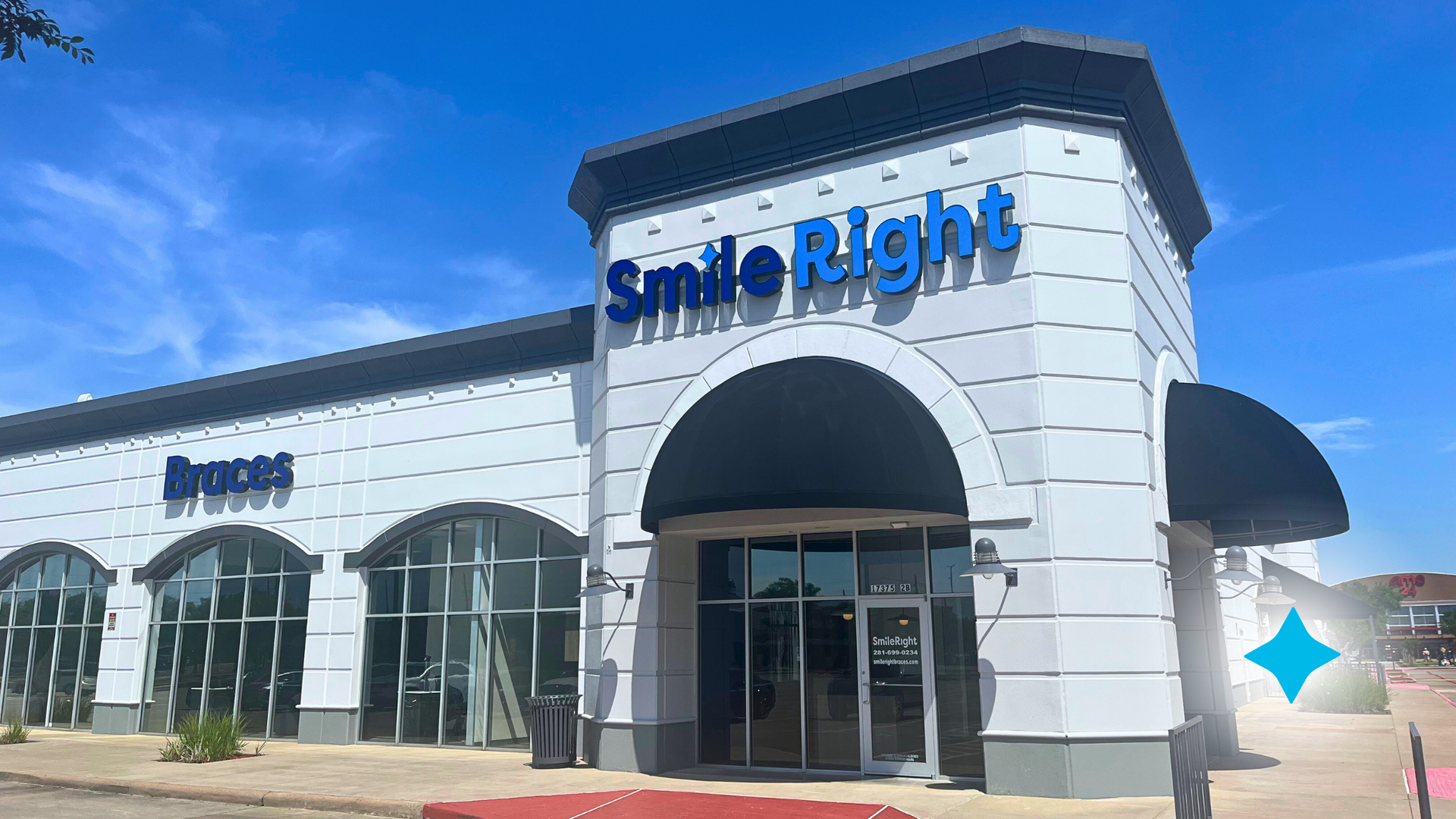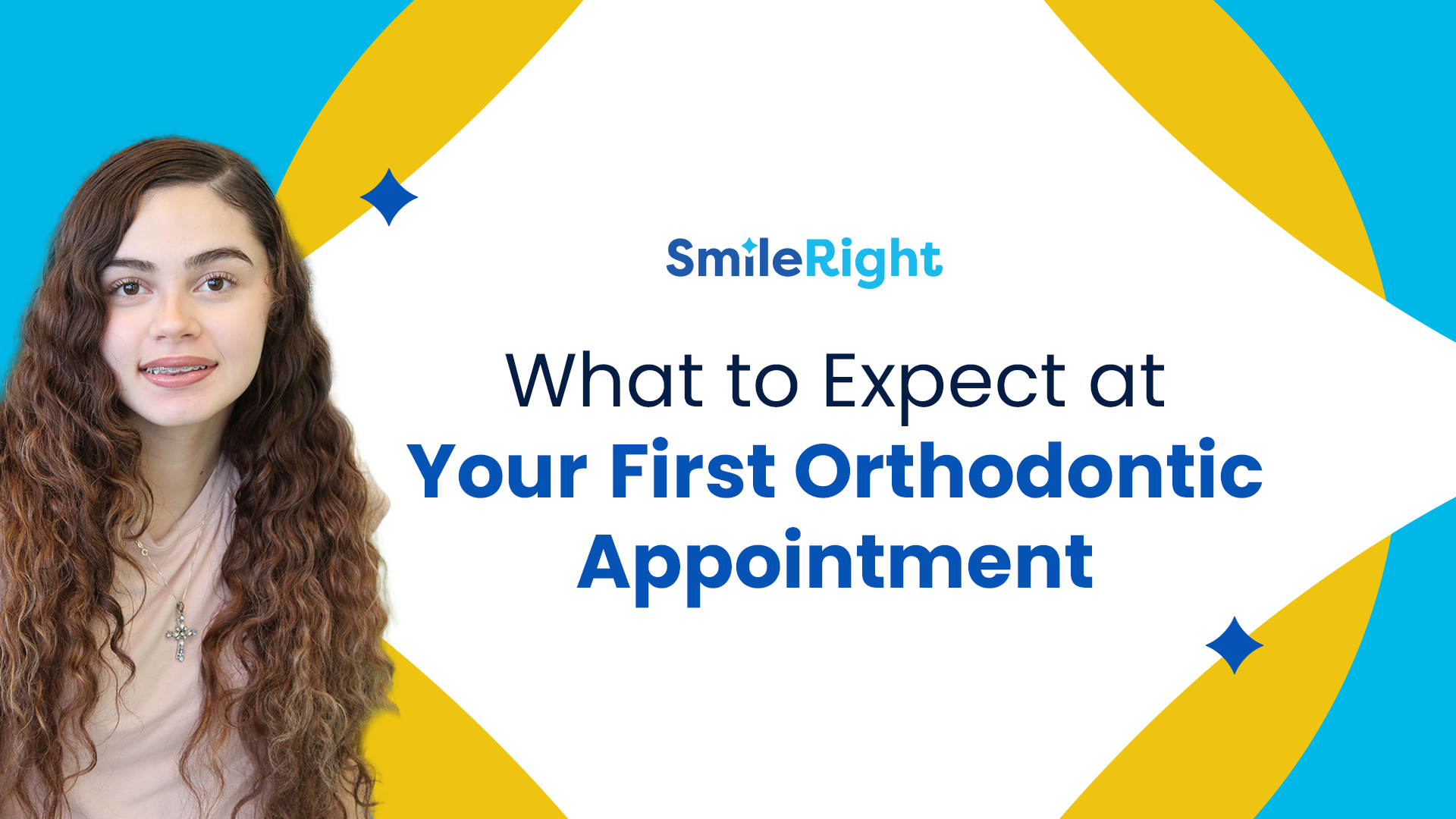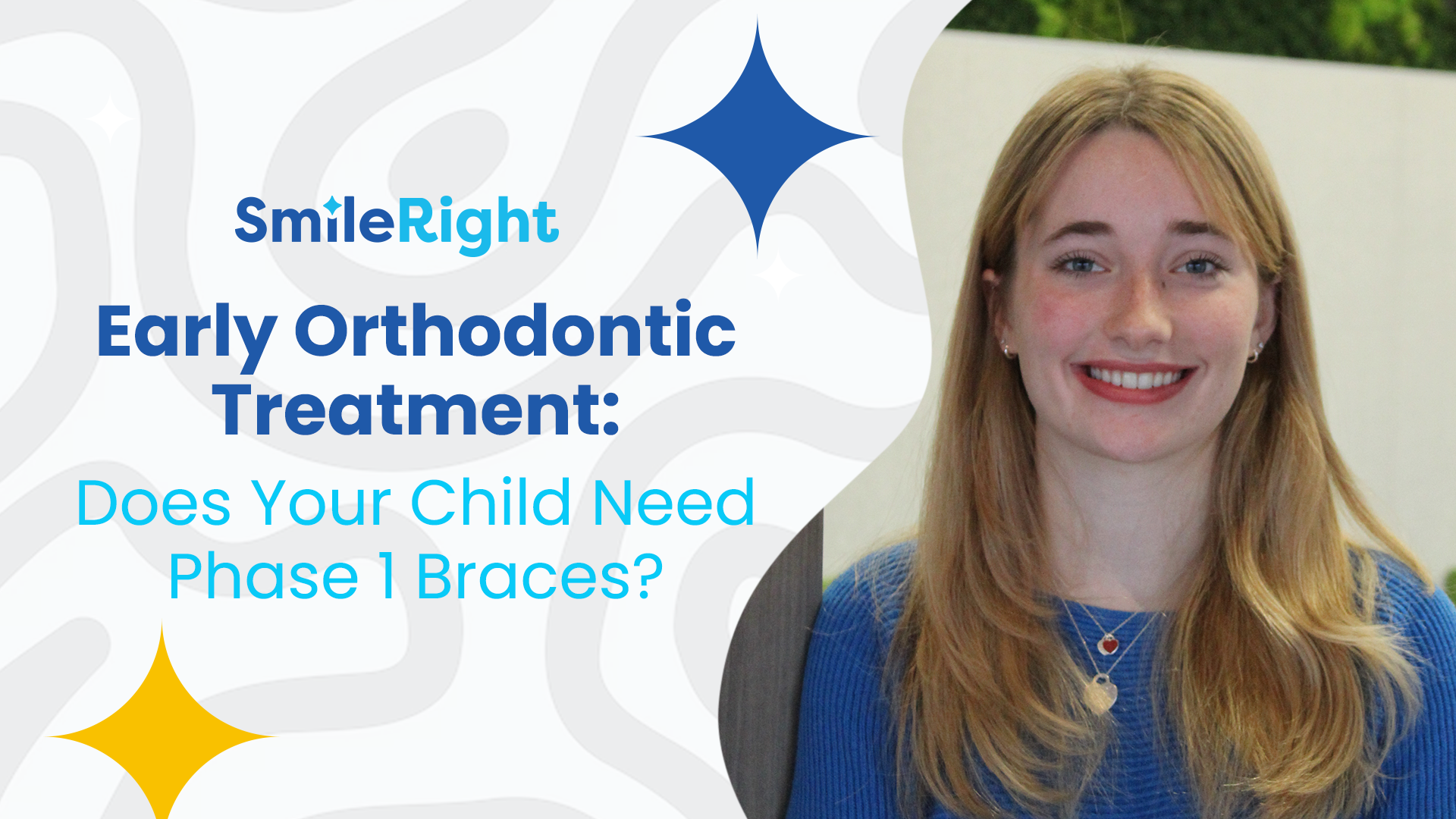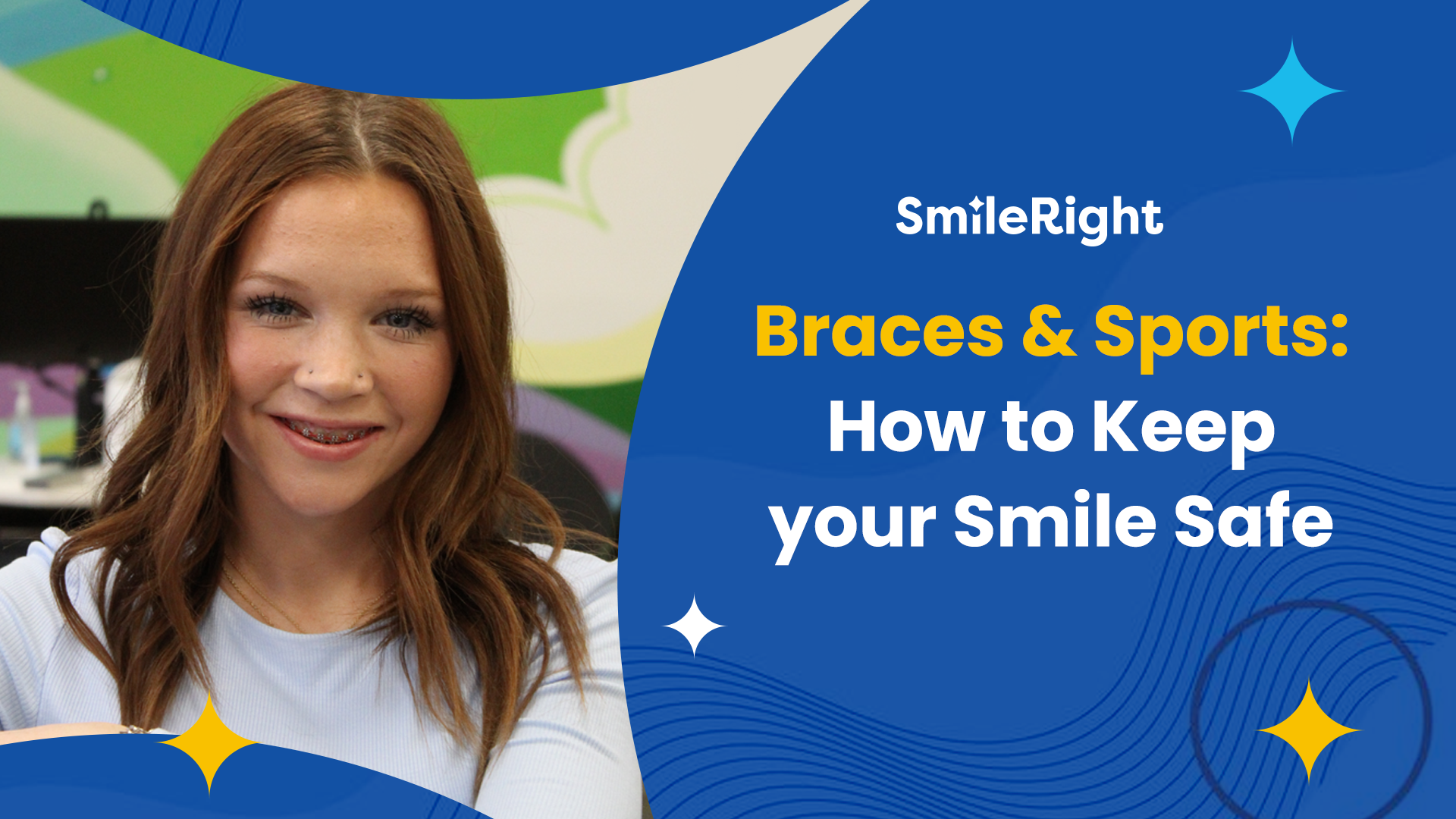Start Your Smile Journey Today: Same Day Braces at SmileRight in Houston

Source: Dr. Marketing
Embarking on a journey to achieve a radiant and perfectly aligned smile is not just a dental decision; it is a transformative experience. As you consider orthodontic treatment, SmileRight in Houston offers same day braces to kickstart your smile transformation. In this blog post, we will delve deep into the world of orthodontics, explore the benefits of starting your orthodontic treatment the same day as your consultation and understand why traditional metal braces at SmileRight might be the ideal choice for your unique smile needs.
Understanding Orthodontics

Your smile is a powerful reflection of your unique personality, radiating warmth and positivity to those around you. Embarking on the journey to enhance both the aesthetics and functionality of your smile can lead to a boost in confidence and overall well-being. Orthodontics, a specialized branch of dentistry dedicated to improving dental alignment, plays a vital role in achieving a beautiful and healthy smile. At SmileRight in Houston, our team combines the proven effectiveness of traditional metal braces with innovative technology to provide a comprehensive treatment approach tailored to your specific needs and desires. Trust us to guide you towards achieving your dream smile and unlocking a newfound sense of self-assurance.
Same Day Braces: A Comprehensive Overview

Imagine the joy of experiencing a transformed smile at an accelerated pace! Same day braces are designed for those who seek rapid results without compromising effectiveness. SmileRight in Houston merges the reliability of traditional metal braces with the convenience of an accelerated treatment plan, ensuring noticeable improvements in your smile occur sooner than you might expect.
During your consultation, our team will listen to your smile goals and discuss the treatment process. If you are ready to straighten your smile, we will begin the process. We will conduct an oral exam, x-rays, and take impressions of your teeth. After this, our orthodontist will develop your straight smile plan - that will take place over the coming months.
For your braces application, our orthodontist initiates the process by meticulously cleaning your teeth. This crucial step ensures that the surface of each tooth is completely free from any debris or plaque, establishing an optimal bonding surface for the braces. Following the cleaning, cheek retractors or a dental dam are employed to isolate and maintain a dry environment during the bonding process—an essential condition for the success of the bonding agent. To enhance the adhesion of the bonding material, a mild etching solution is applied to the surface of each tooth, slightly roughening the enamel.
Then, our orthodontist meticulously applies a robust bonding agent to each tooth, acting as a resilient glue that securely holds the strategically positioned metal brackets in place. Subsequently, a special light is used to cure or harden the bonding agent, ensuring a robust bond between the brackets and the teeth. With the brackets securely affixed, a flexible archwire is threaded through, exerting gentle pressure to guide the teeth into the desired positions over time. Finally, small elastic bands, known as ligatures or O-rings, are utilized to secure the archwire to each bracket, presenting an opportunity for a personalized touch with a variety of colors for your braces.
Benefits of Same Day Braces

Time Efficiency
Your time is precious, and Same day braces recognize and respect that. One of the most significant advantages is the substantial reduction in treatment time compared to traditional methods. SmileRight's accelerated approach ensures that you achieve your desired results in a shorter duration, making it an excellent option for individuals leading busy lifestyles.
Quick Results
Visualize the excitement of witnessing a rapid transformation of your smile. Same day braces live up to their name, providing quick and noticeable results. This accelerated orthodontic option allows you to see your smile evolve swiftly, boosting your confidence at every step of your orthodontic journey.
Enhanced Comfort
Contrary to common misconceptions, Same day braces prioritize your comfort throughout the treatment process. The advanced technology and materials used ensure a smooth and comfortable experience, eliminating the common discomfort associated with traditional orthodontic procedures.
Customized Treatment Plans
SmileRight in Houston recognizes the uniqueness of every smile. Same day braces come with customized treatment plans tailored to address your specific dental needs. This personalized approach ensures an efficient and effective journey towards achieving your dream smile.
Why Choose Traditional Metal Braces?

Same day braces provide a rapid and efficient solution, there are individuals who appreciate the time-tested reliability of traditional metal braces. Here are some reasons why choosing traditional metal braces at SmileRight in Houston might be the ideal decision if you are still on the fence about orthodontic treatment options:
Proven Effectiveness
Traditional metal braces have been the cornerstone of orthodontics for decades, demonstrating a consistent track record in correcting even the most complex orthodontic issues. If you value a reliable and time-tested solution, metal braces might be the perfect fit for your smile journey.
Durability
Envision the peace of mind that comes with the durability of metal braces. Known for their robustness, metal braces are an excellent choice for individuals with more severe misalignments or those who prioritize the longevity of their orthodontic appliances.
Cost-Effective Option
Traditional metal braces are often more budget-friendly than some of the newer orthodontic technologies. If cost considerations play a role in your decision-making process, metal braces provide an affordable yet highly efficient solution.
Versatility in Treatment
Metal braces can address a wide range of orthodontic issues, from simple to complex cases. The versatility of traditional braces makes them suitable for patients of all ages and with varying dental concerns.
SmileRight's Dedication to Your Smile

At SmileRight in Houston, our unwavering commitment is to provide exceptional and patient-centered orthodontic care that goes above and beyond your expectations. We understand that each individual is unique, which is why we offer a range of personalized treatment options tailored to meet your specific needs and goals. Whether you choose our innovative Same Day Braces for a quick and stunning smile transformation, or prefer the tried-and-true reliability of traditional metal braces, our team of experienced orthodontic specialists will work tirelessly to ensure that you not only achieve but exceed the smile of your dreams. Your journey to a confident and radiant smile starts here at SmileRight, where your satisfaction and comfort are our top priorities.

As you embark on your smile journey, the decision is monumental, and at SmileRight in Houston, the team is poised to make that journey as seamless and rewarding as possible. Whether you choose the accelerated approach of Same day braces or the reliability of traditional metal braces, the goal remains the same – to help you achieve a confident and radiant smile that lasts a lifetime. Start your smile journey today at SmileRight in Houston, where your dream smile becomes a reality. Your path to a transformed smile awaits, and the dedicated team at SmileRight is here to guide you every step of the way. With a commitment to excellence, SmileRight ensures that your smile journey is not just about achieving a perfect smile but enjoying the entire transformative experience.
Right Smile, Right Price




